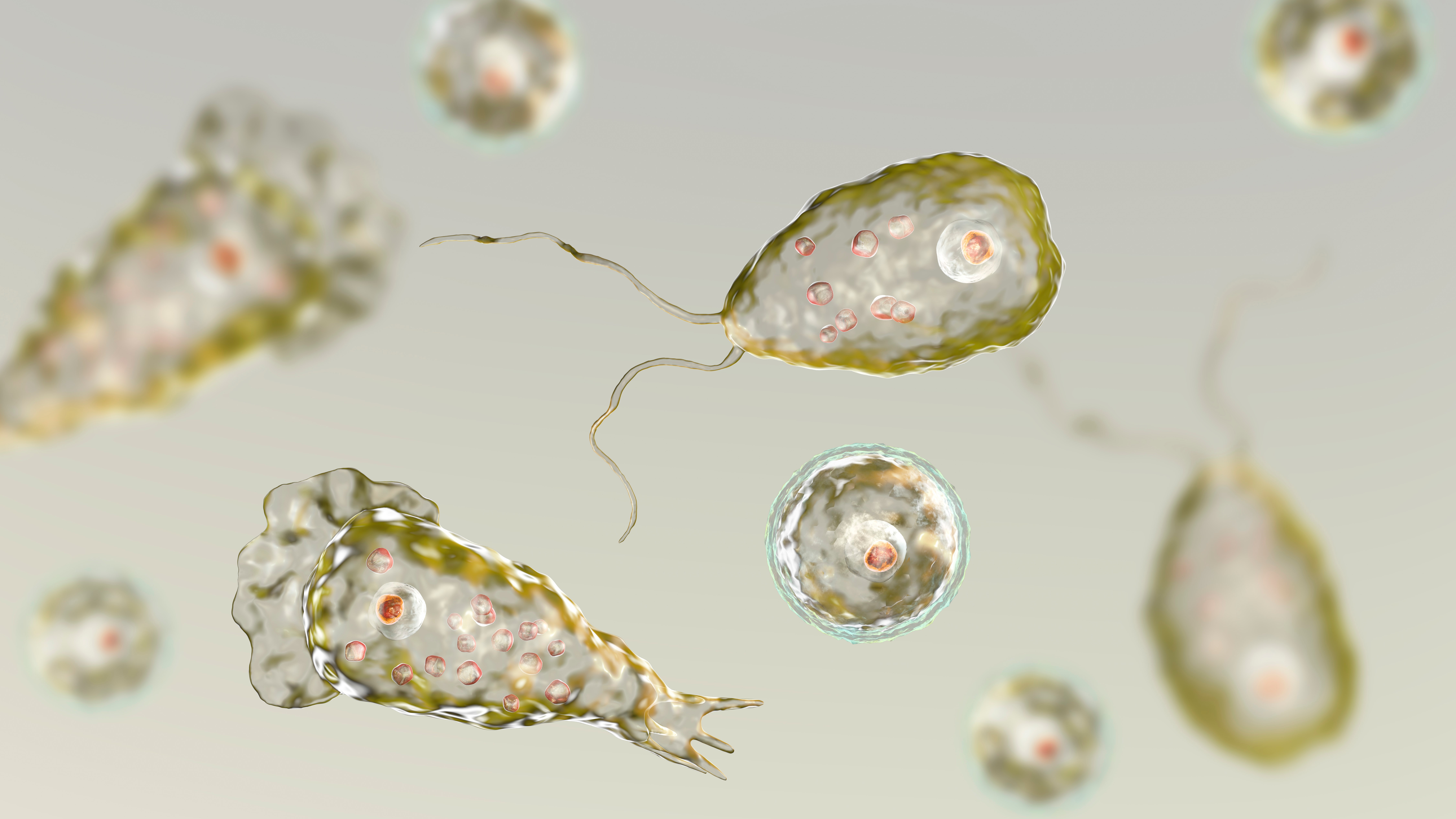Child dies from rare brain-eating amoeba in California

Only 10 cases of this infection have been reported in California since the early 1970s, officials said.
Editor's note: This article was updated on Monday, Aug. 16 at 11:50 a.m. ET with news of the child's death.
A child in Northern California has died from a rare and deadly brain infection he contracted after swimming in a freshwater lake, according to news reports.
The 7-year-old developed severe brain swelling and was taken to the emergency room at UC Davis Medical Center on July 30, where he was placed on life support, according to the Associated Press. The child died on Aug. 7 from primary amebic meningoencephalitis (PAM), a devastating brain infection, the AP reported. The infection is caused by Naegleria fowleri, a microscopic amoeba that is found in warm freshwater bodies, such as lakes, rivers and hot springs.
The child most likely acquired the infection from swimming in a freshwater lake in Tehama County, according to a statement from Tehama County Health Services Agency released on Aug. 4. The statement did not specify the lake where the child went swimming.
Related: 5 Key Facts About Brain-Eating Amoebas
The condition is "extremely rare" with only 10 cases reported in California since 1971, according to the statement.
People become infected with Naegleria fowleri when water contaminated with the amoeba goes up their nose. From there, the organism can enter the brain and destroy brain tissue. Infections are almost universally fatal, with less than a 3% survival rate, Live Science previously reported. (It's unclear exactly why some people are able to survive the condition, but factors that may contribute to survival include early detection of the infection and treatment with an experimental drug called miltefosine, along with other aggressive treatments to reduce brain swelling, Live Science previously reported.) Swallowing water contaminated with Naegleria fowleri will not cause an infection.
Get the world’s most fascinating discoveries delivered straight to your inbox.
The only way to prevent Naegleria fowleri infection is to avoid swimming in bodies of freshwater, the statement said. If people do swim in freshwater, they can reduce their risk by not putting their head underwater, or using nose clips to prevent water from going up their nose.
Originally published on Live Science.

Rachael is a Live Science contributor, and was a former channel editor and senior writer for Live Science between 2010 and 2022. She has a master's degree in journalism from New York University's Science, Health and Environmental Reporting Program. She also holds a B.S. in molecular biology and an M.S. in biology from the University of California, San Diego. Her work has appeared in Scienceline, The Washington Post and Scientific American.



